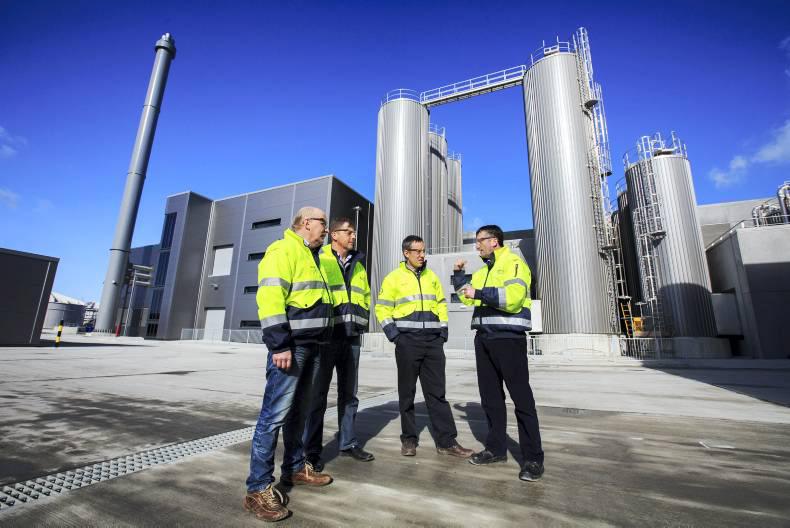The level of capital investment in dairy processing in Ireland is the highest in Europe, according to figures published by the EU Commission.
The figures, assembled last summer by French Dairy Interbranch Organisation CNIEL, showed that dairy investments worth a total of €5.5billion were announced across Europe between June 2012 and June 2014.
The estimate was published by the Dairy Market Observatory, which was established by the EU Commission to gather data on the global dairy market. It is based on public announcements in preparation for the upcoming abolition of milk quotas.
It includes 190 projects by 120 companies. Glanbia, Dairygold, Kerry, Lakeland and the Irish Dairy Board were included in the Irish projects.
The estimate for Ireland is investments worth a total of €580million. This is the fourth highest in the EU in gross terms, but the highest when expressed relative to the national milk pool.
In absolute terms, the highest investment is in France, at €1.09bn, followed by Germany at €1.02bn and The Netherlands at €870m (Figure 1). However, Germany has a milk quota 5.5 times larger than Ireland, while the French quota is 4.5 times larger. The Netherlands, at 11m tonnes of milk, has a milk quota twice the size of Ireland’s.
Quota
The Irish Farmers Journal analysed the figures on the basis of existing milk quota. On this basis, the Irish dairy industry is investing far more than other European countries.
As shown in Figure 1, Ireland’s investment, at €107/t of milk quota, is the highest in Europe. When expressed on a per-tonne basis, the level of capital investment in Ireland is 1.4 times higher than in the Netherlands, 2.4 times higher than in France and three times higher than in Germany. This reflects the fact that, in percentage terms, expansion in Ireland is expected to be one of the highest in Europe.
According to the EU analysis (Figure 2), almost half (48%) of the announced investments are in the area of “dry ingredients” such as milk powders, while just under one fifth (18%) is in cheese. Milk and dairy beverages account for 12%, while 6% is being spent on yoghurt investments.
There are some concerns that an excessive portion of the global dairy processing investment has been focused on ingredients for the infant nutrition sector.
A Rabobank report in March warned that the growth in China’s infant milk formula market (IMF) will taper off between 2015 and 2020. “The relaxed birth policy has only met with, at best, a lukewarm response from young parents and is unlikely to be a major boost to potential demand growth,” it stated.
The report notes that “new capacity expansion, both onshore and offshore, is still aggressive and will further intensify competition”. It concludes: “While there is still profit to be earned by the well-prepared, the easy money has certainly already been made.”






 This is a subscriber-only article
This is a subscriber-only article










SHARING OPTIONS: